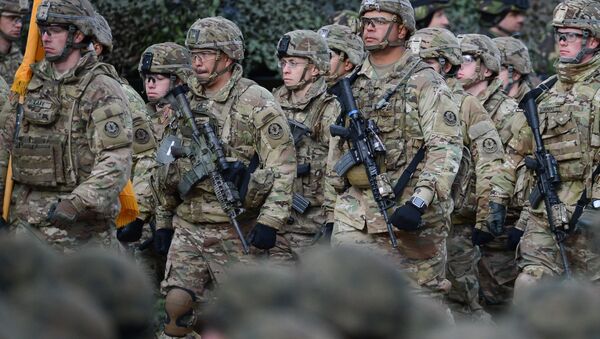"It is clear for everybody that Russia is not involved in an aggression against any other state. … Russia has the most powerful army in the world, but, at the same time, we are not initiating the creation of any new groupings in the West or any other direction. … If that really happens, we will undoubtedly react by boosting our military potential in the western direction," Deputy Chair of the Russian State Duma's Defense Committee Yuri Shvytkin said.
On Tuesday, The Wall Street Journal reported, citing allied officials, that NATO was going to approve the creation of two new commands to counter the alleged Russian threat.
In 2009 US and Russian diplomats agreed to hit the symbolic red “Reset” button, which was meant to fix bilateral relations between the two countries. Moscow agreed to assist Washington with its military transit and supply operations in Afghanistan. The White House, in turn, announced that it would drop the Bush administration’s plans to build a missile defense shield in Europe.
READ MORE: How NATO Uses "the Russian Scare" to Justify Alliance's Eastward Expansion
In 2016 NATO sent four battle groups of 1,000 soldiers to Russia’s borders, followed by the deployment of Patriot long-range anti-aircraft missiles to Lithuania as part of the Tobruk Legacy exercise.
Such a quick buildup of hostile forces near Russia’s borders was accompanied by a Western mainstream media campaign, which warned the Europeans about the alleged Russian threat.


